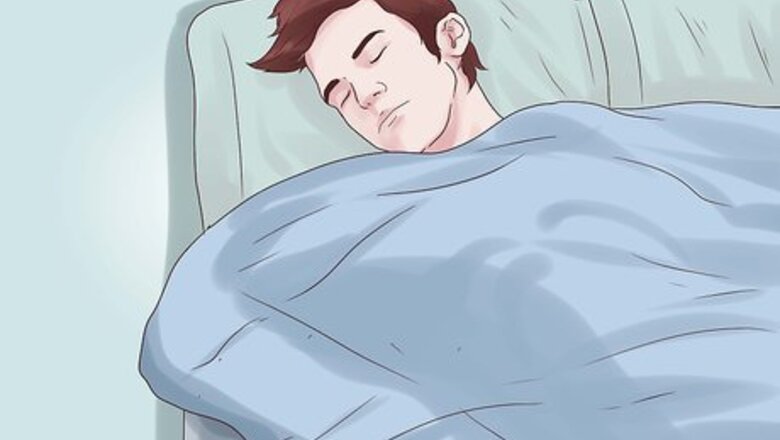
views
X
Trustworthy Source
PubMed Central
Journal archive from the U.S. National Institutes of Health
Go to source
If avascular necrosis afflicts you or someone you know, see Step 1 to start treating this disease effectively.
Taking Care of Yourself
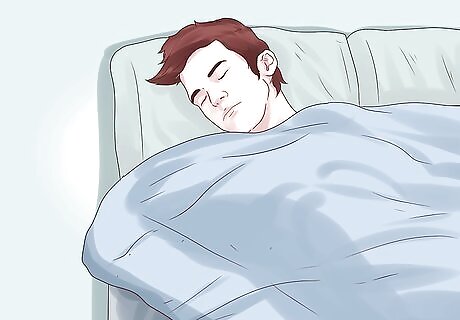
Rest. Decreasing the amount of stress and weight on the affected bones will result in a huge amount of pain relief, slow the damage rate, and give your body a chance to heal. Apart from physical therapy, make efforts to minimize your daily physical activity movement as much as possible. You may need the aid of crutches or a walker if the affected joint is your hip, knee or ankle. Consider crutches an invitation to stay off your legs. However, crutches should only be used upon the advice of your physiotherapist.

Exercise healthily. You should see a physiotherapist to show you certain exercises to maintain or enhance your joint movement. The physiotherapist's role is to help you using the walking aid at first and then slowly wean you off it. Improvement will lead you to some stretching exercises that you can do in the clinic or at home. The exercise bike is helpful too, as the forward and backward moves will assist the joint's overall state, increase the blood flow and keep your hip and associated muscles strong. Your motion improvement and strength will help the physiotherapist to choose the proper exercises that best suit you and guide you on how to perform them on your own. Alternatively, performing simple yoga or massage therapy (especially for the buttocks, anterior/lateral hip muscles and back) is also helpful in relaxing and avoiding stress. The more relaxed you are, the better you'll feel 24/7.

Limit your alcohol intake. Drinking alcohol is one of the risk factors of developing AVN. Continually drinking alcohol will worsen your case due to the elevated levels of fatty substances in your blood which tend to accumulate and block your blood vessels in the affected areas. Stick to a glass of red wine at night if need be. There are a number of reasons you should limit your alcohol intake, or consider quitting entirely. Sure, one glass of wine a day is okay, but any more of that can wreak havoc on your heart, organs, and, obviously, your bones. Take care of your body and go non-alcoholic.
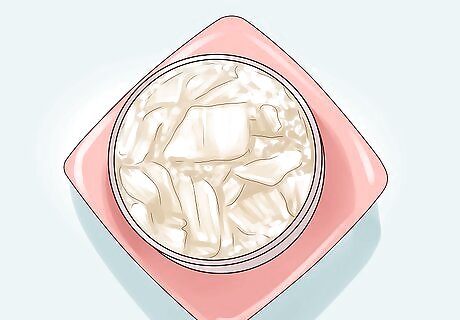
Maintain low cholesterol levels. Ensure a healthy, low-fat diet by avoiding hydrogenated oils, fried food, and reducing your intake of whole fat dairy products, which you can replace with low or non fat alternatives. Doing this will keep your cholesterol levels to a minimum, helping your blood and heart. When adding red meat to your diet, make sure to trim any visible fat before cooking. Consume food rich in Omega 3 fatty acids as fish, walnuts, flax seeds, soybeans, tuna and olive oil. Avoid frying the olive oil as it’ll destruct the omega 3s in it and lose all the benefits.
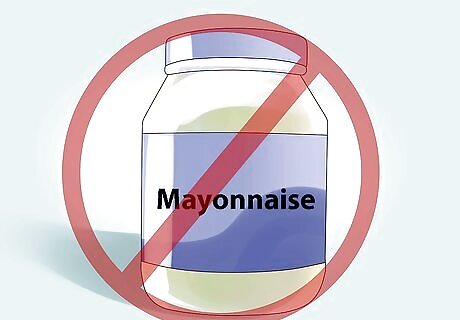
Avoid or minimize the intake of high fat condiments, such as butter and mayonnaise. Take your needed fats from healthy sources such as raw nuts, vegetable oils like olive oil and cold water fish such as salmon and mackerel. Eat a lot of green leafy vegetables, fruits, and whole grains without butter, cheese, and cream sauces. If you’re diabetic, make sure to always control your blood sugar levels within a normal state. Consult your doctor immediately if you’re facing any sudden high or low sugar concentrations, as diabetes is considered one of the risk factors that may lead to AVN. Adjusting your glucose level should be one of your top priorities by paying attention to your food and medicines.
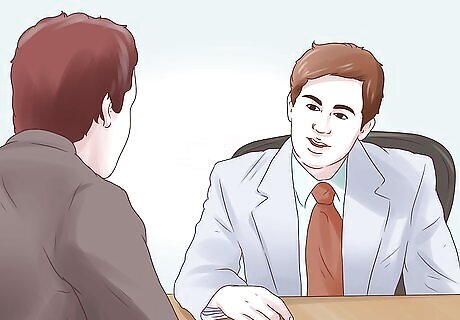
Consider acupressure therapy. This is another helpful method done by pressing certain areas/points on the body that help in relaxation. Talk to your physical therapist about acupressure. You can do it yourself regularly or you can make an appointment with a professional and turn it into a full-on day of veritable stress-blasting.
Getting Medical Treatment
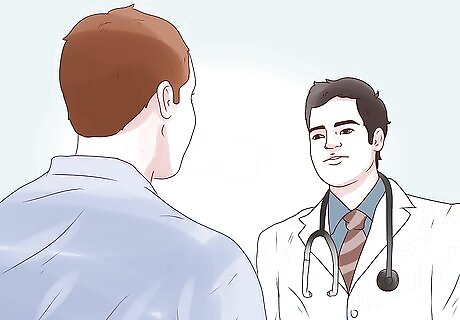
Ask your doctor about medication. Here's the knowledge you should be armed with: Non-steroidal Anti-inflammatory Drugs (NSAIDs) are prescribed for relieving pain and reducing inflammation (redness, swelling, pain). Well-known NSAIDs in the pharmacies are Ibuprofen and Diclofenac salts (“Voltaren or Cataflam”); most are available in variable dosage forms. Tablets should be taken when needed (when having pain) but a usual dose of Voltaren 50 mg twice daily after meals should be enough. Osteoporosis drugs such as Alendronate (“Fosamax”) helps in slowing the progression of AVN. Cholesterol drugs are used to decrease the fat concentration in the blood circulation caused by the intake of corticosteroids; this prevents blood vessel blockage that leads to AVN. Blood thinners such as Warfarin help patients with clotting disorders to prevent clot formation that can block the blood vessels.

Talk to your doctor about electrical stimulation. This is a process that stimulates the body to grow new bones to replace the damaged area. It’s performed during surgery by being applied around the bones as electromagnetic fields, putting electricity directly to the bones or by attaching electrodes to your skin. It's not surgery per se, but it is generally used in conjunction with surgery. If surgery puts your bones in line, electrical stimulation sets the ball in motion. However, it's not right for everyone, so ask your doctor if it's a feasible option.
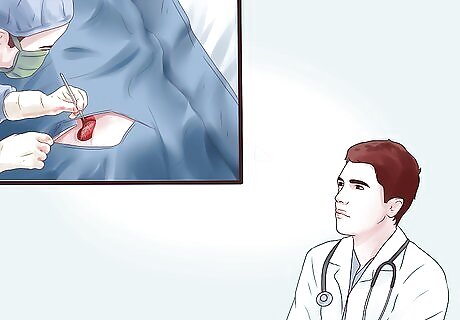
Consider surgery. More than 50% of patients with AVN will need a surgical treatment in about 3 years of diagnosis. Your doctor will determine which type of surgical therapy you may need. Here are the details: Core decompression. The surgeon removes parts of the bone's inner layer. The aim of this is to decrease the pressure inside, increase the blood flow, and let the extra space stimulate new healthy bone tissue production with new blood vessels. Bone transplant (graft). This is a transplantation process of a healthy bone section from another site of your body to support the affected area, usually done after a core decompression. Increasing the blood supply may be done by performing a vascular graft, including both an artery and a vein. Bone reshaping (osteotomy). This is where the surgeon removes a section of the affected bone above or below a weight bearing joint to change its shape in order to decrease the stress on it. This is effective for early stages/small areas and postpones the joint replacement. Joint replacement. In late stages, when totally collapsed or damaged and with medication failure, the damaged joint is replaced with an artificial one, usually made from plastic or metal parts.
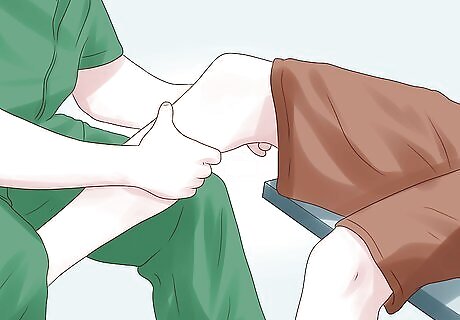
Get physical therapy and stick to it. After surgery, it is absolutely imperative that your bones: A) heal, and B) heal correctly. Physical therapy (done regularly) will ensure that both of these things happen. Here's how it's beneficial: Your physical therapist will hook you up with crutches, a walker, or some device to reduce the weight the joint has to bear. This will greatly speed up the healing process. Your physical therapist will work on exercises with you to prevent joint deformity and improve your joint flexibility and mobility. Very important things!
Understanding the Disease
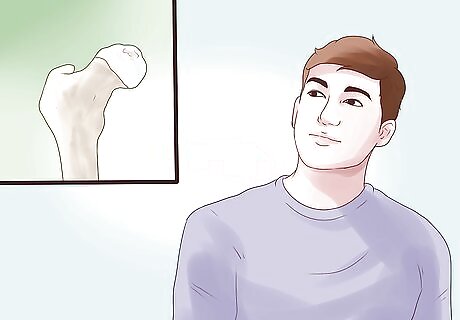
Know what avascular necrosis really is. Avascular necrosis (AVN) or osteonecrosis is defined as the death of bone tissue due to lack and loss of blood supply to a particular bone. The affected bone will have tiny breaks which, overall, would lead to bone collapse. If AVN affects bones near a joint, the joint surface may collapse. Usually, the affected bone or joint area in AVN is the hip. AVN occurs in bones with a single terminal blood or end-artery supply (meaning there is a limited blood supply), such as the femoral (hip) and humeral (shoulder) heads, carpals (hand bones), and talus (foot bones). Closure or interruption of this single terminal blood supply will lead to death of bone tissue and, later, bone collapse. Although bone tissue regenerates or grows back again, the rate of bone destruction is faster than bone regeneration. If the bone collapses, the joint structure breaks down and leads to pain. Corticosteriods and radiation applied to the bone may further contribute to progression of AVN.
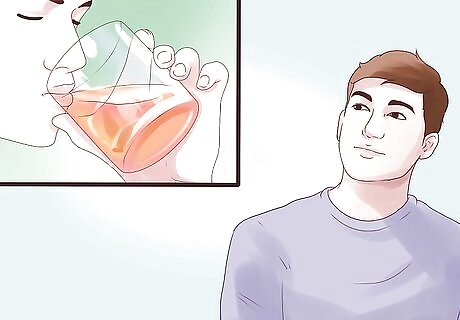
Know the risk factors and causes. Some causes can increase your risk of developing AVN. Any of the following can lead to AVN: A bone fracture or joint dislocation can interrupt blood flow Radiation during cancer treatment weakens the bone and affects the blood vessels Elevated pressure inside the bone causes the blood vessels to narrow and make it difficult for fresh blood to enter leading to poor blood supply Alcohol intake in huge amounts (daily for several years) causes fats to accumulate in blood vessels and block them Medications such as corticosteroids (Prednisolone) when taken on a long basis in high doses can increase your risk of AVN. Other medication such as biphosphate (a treatment for osteoporosis), when used over long periods, can lead to a rare condition called osteonecrosis of the jaw. Diseases such as diabetes, HIV/AIDS, sickle cell anemia, organ transplantation, and dialysis can lead to AVN

Know what the symptoms are. Often AVN is missed because, early in the course of this disorder, there are no symptoms. The first symptom present is pain in the affected bone/joint such as groin pain in AVN of the femoral head. Here are the specifics: This groin pain is worsened by weight-bearing, may be mild or worsen progressively across time. Pain may occur at rest or at night. Walking with a limp may be seen in the case of the involvement of the hip joint, and pain on pressure will be felt on or around the particularly affected bone. Joint movements may be limited and painful. The affected joint may be deformed or disfigured through time. If a nerve is compressed in the area of the affected bone or joint, the muscles supplied by that nerve may be paralyzed and deformed through time. Usually, signs and symptoms occur late in the course of the disease and patients consult doctors when the disease is more advanced than it had to be. Without treatment, the affected joint will be destroyed within five years from the start of AVN.
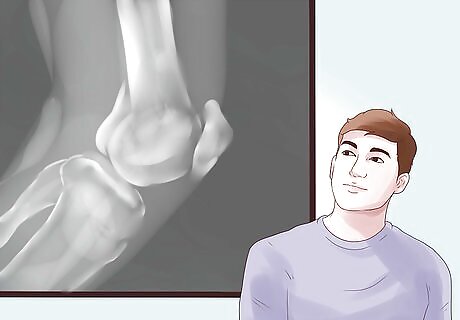
Know how AVN gets diagnosed. During the examination, your doctor will identify your state by pressing around the pain site checking for tenderness. He may need you to perform certain moves or body positions -- that will help in knowing if any certain movement or joint position will increase or decrease the pain, or if your movement is reduced. To determine your state and if surgery is necessary, your doctor may require any of the following: X-rays. It usually appears normal in the early stages, but in later stages it reveals clear bone change Bone scan. Via an intravenous line, a safe radioactive material is slowly injected in your vein. The material flows with your blood circulation till it reaches its destination; a picture on a special device will show the affected sites as clear bright spots. This method is commonly used when the X-ray results are normal. Magnetic Resonance Imaging “MRI”. This is known as the most sensitive method for the early stages of AVN because it reveals any chemical change in the bone marrow and bone rebuilding process. This is done by radio waves and a strong magnetic field. Computerized Tomography “CT scan”. This is more clear than x-rays and bone scans; it determines the extent of bone damage by taking a three dimensional picture of the bone. Bone biopsy. This is a procedure wherein a small amount of bone tissue is taken and examined using the microscope in order to view the microscopic appearance of AVN.











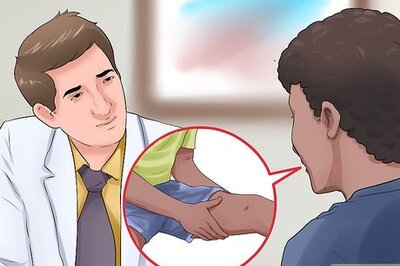
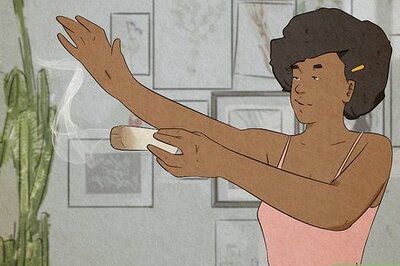
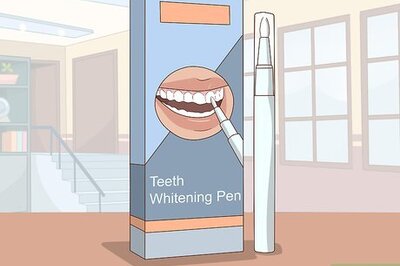
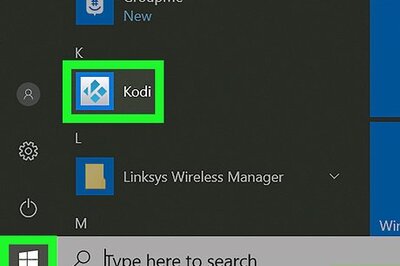

Comments
0 comment